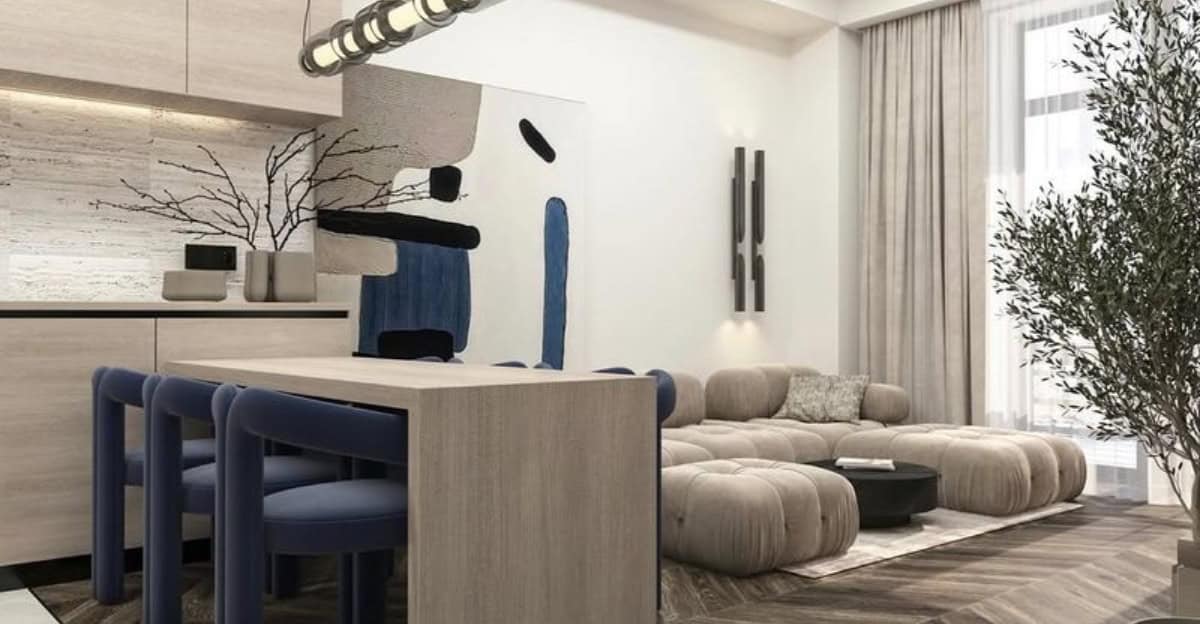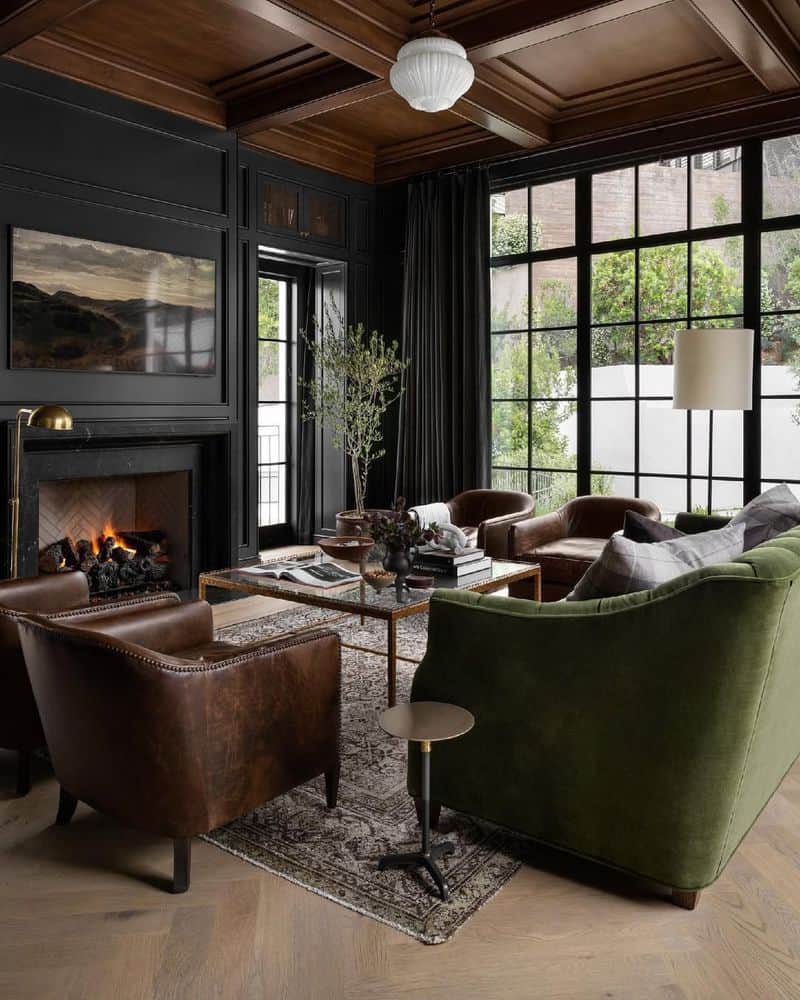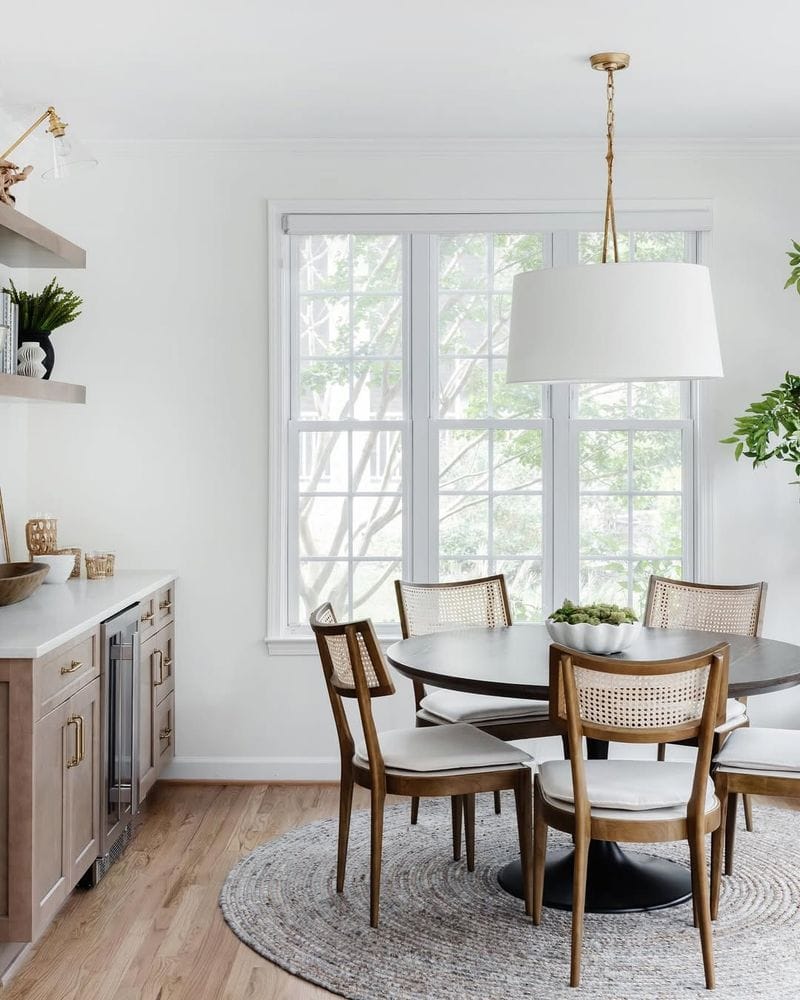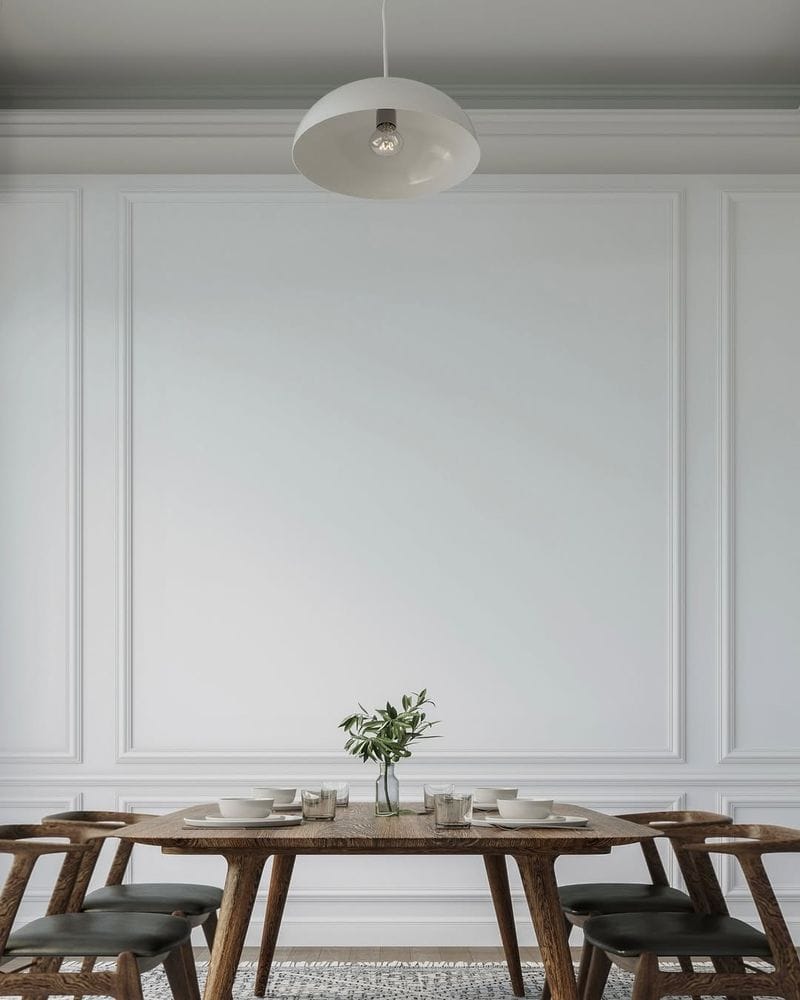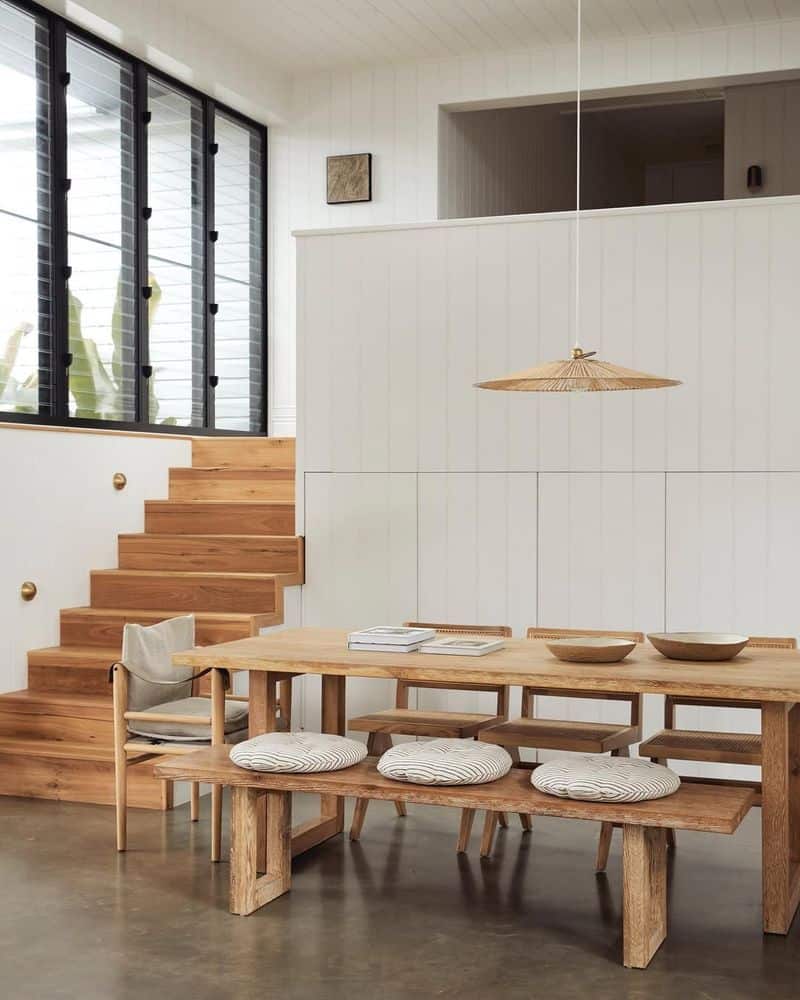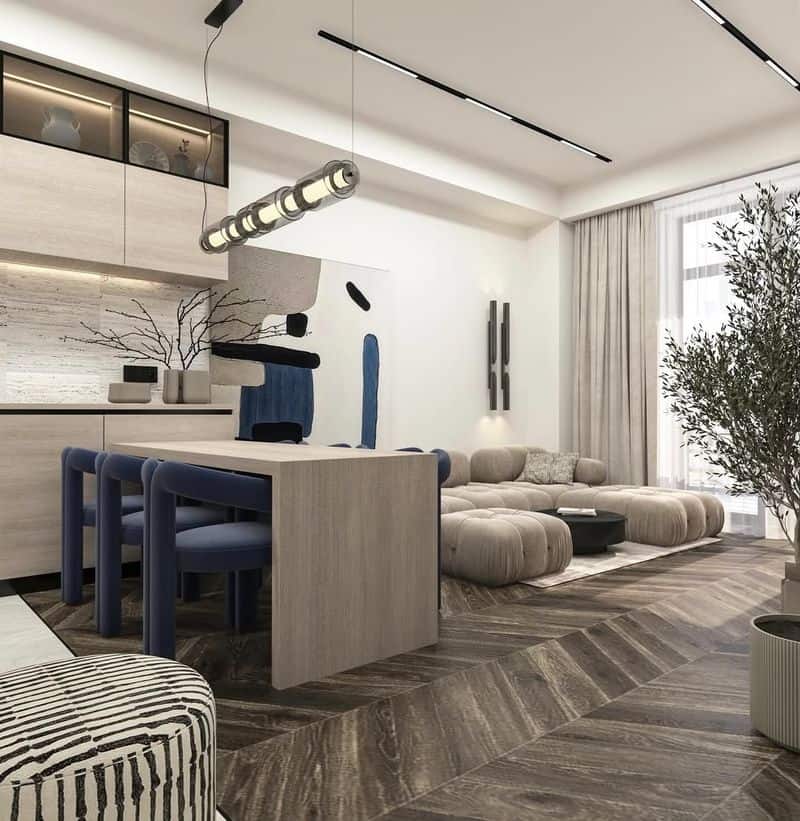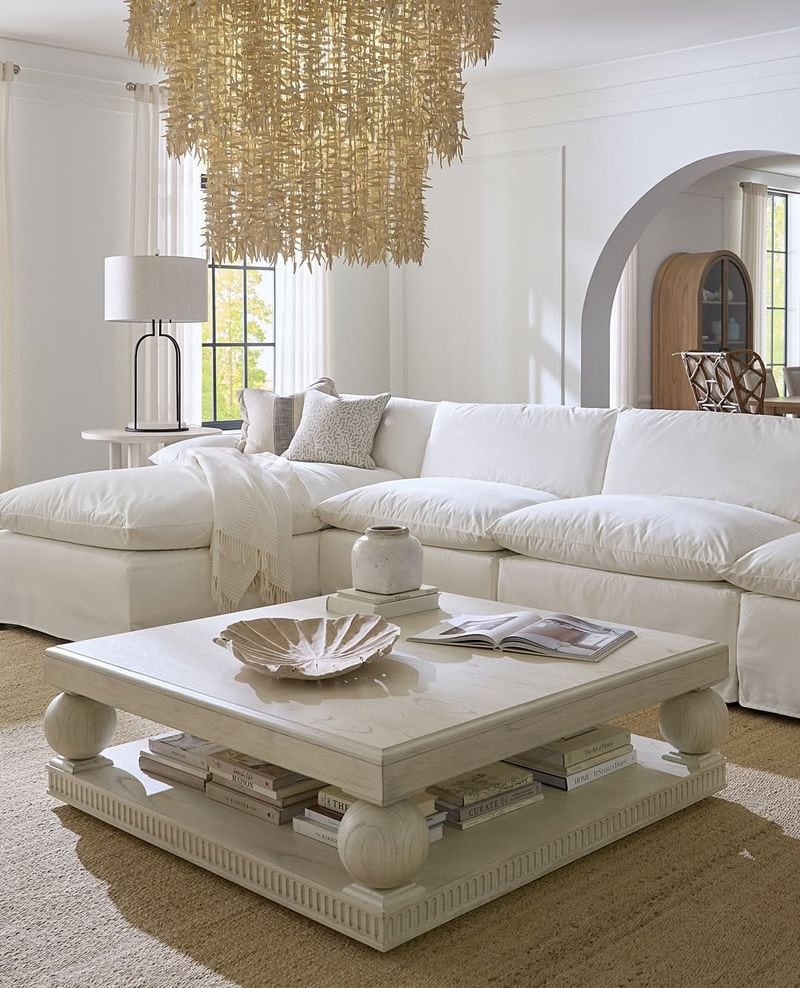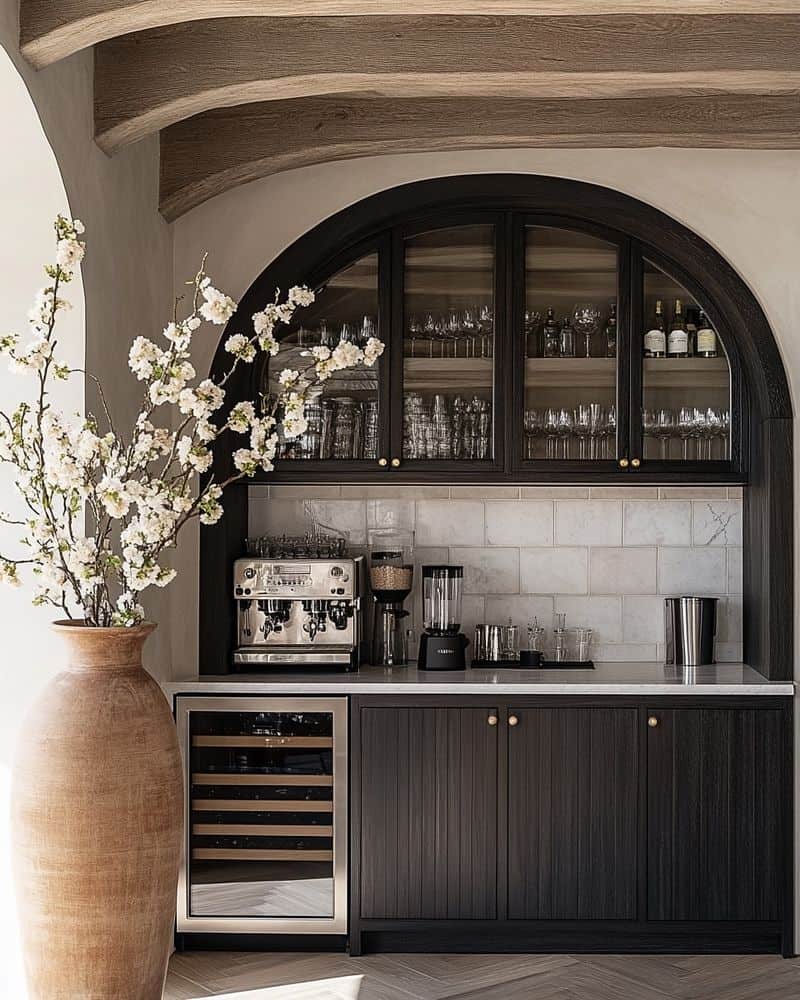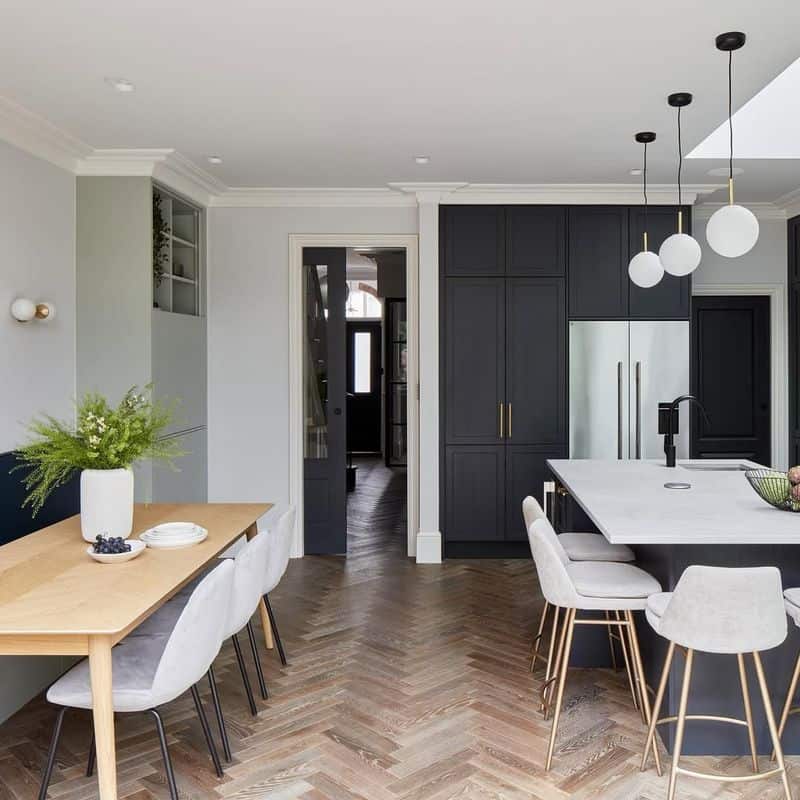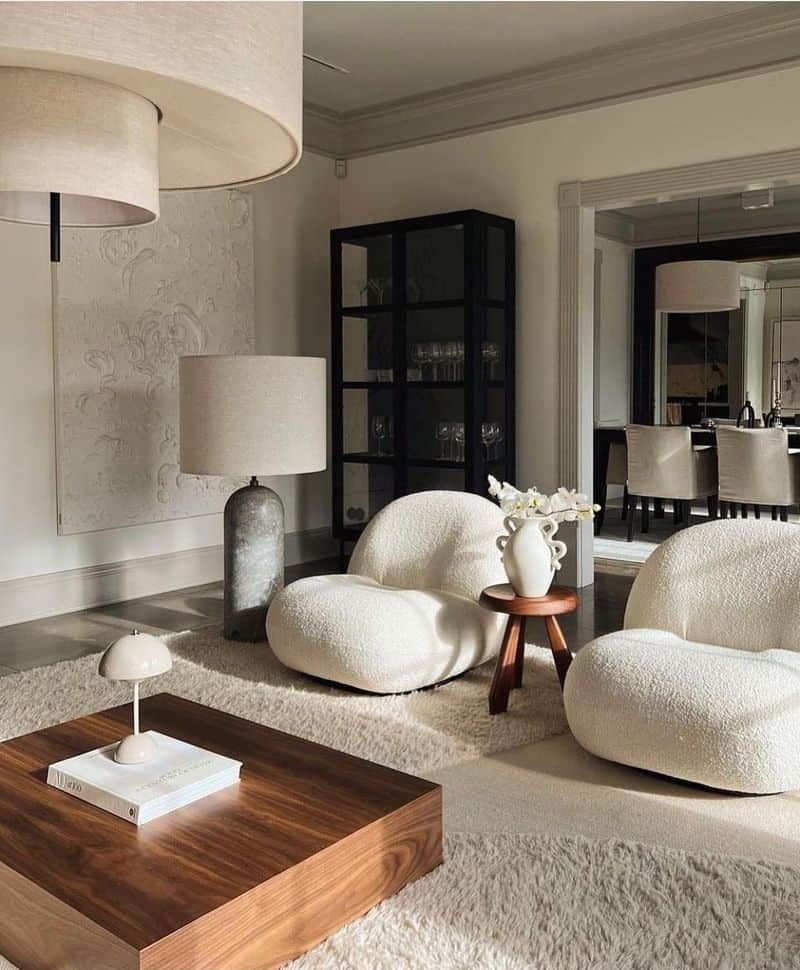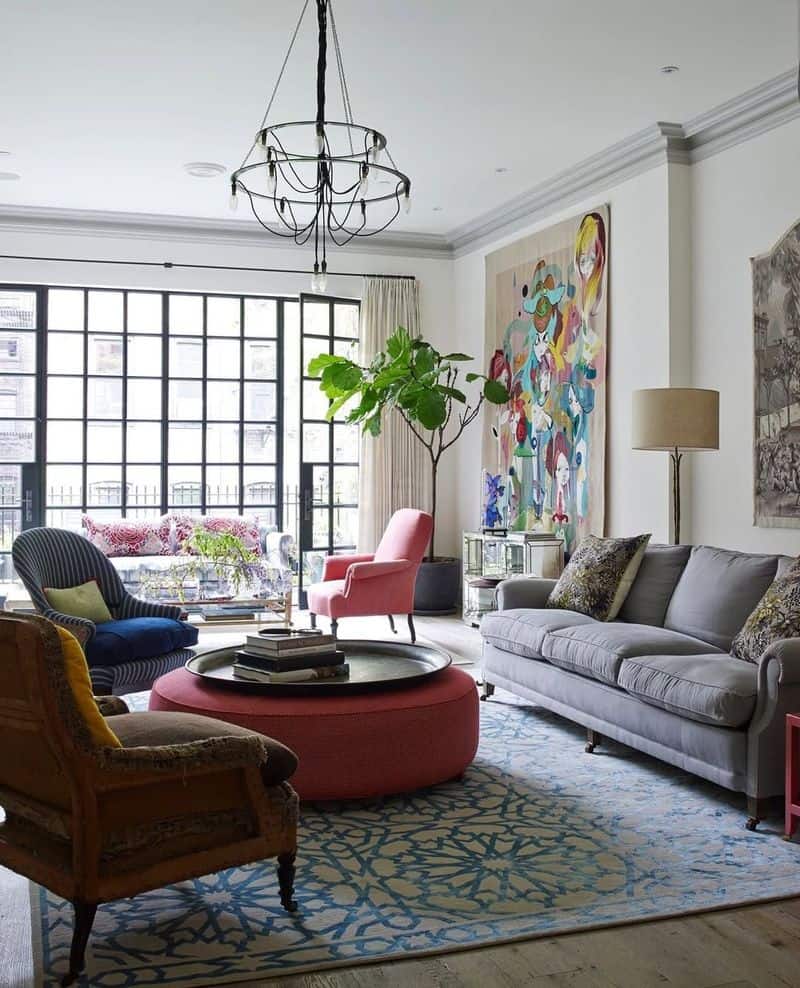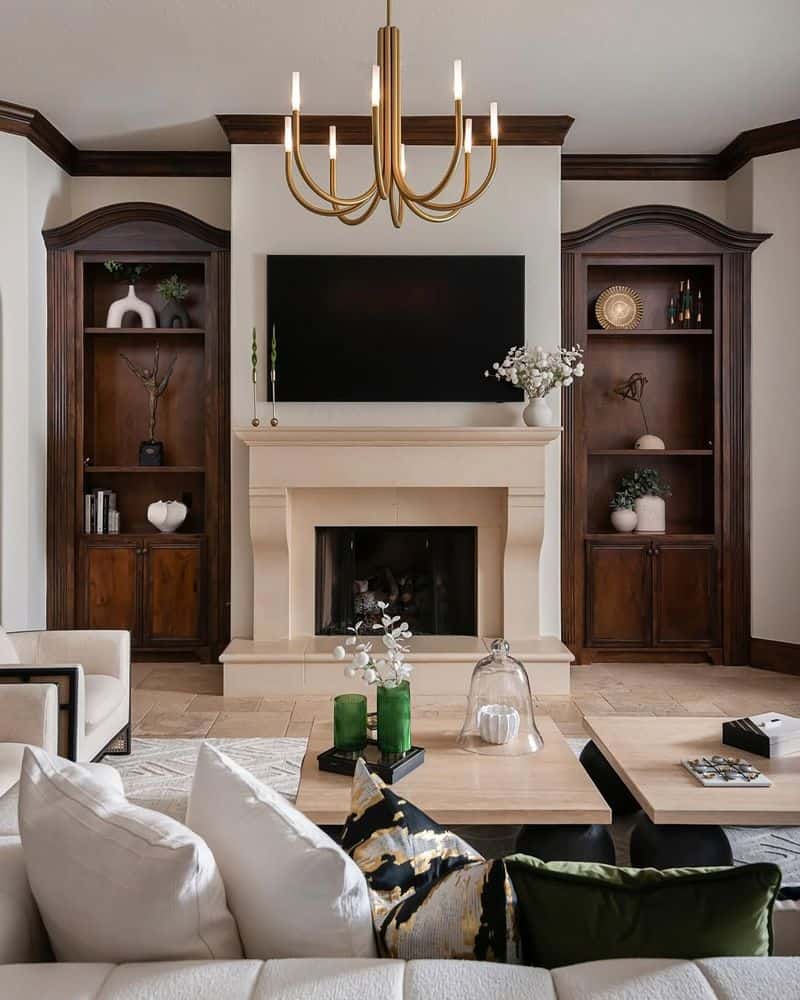Design myths are pervasive in the world of interior decoration. Many are repeated often enough that they become accepted truths, even though they deserve to be challenged.
This blog post aims to debunk 11 common design lies that people have been told and likely repeated to friends.
Let’s explore each myth and uncover the truth behind them.
1. White Paint Always Makes a Room Look Bigger
White walls are often touted as the magic trick for making rooms appear more spacious. However, the reality is more nuanced.
While white can reflect light, creating an illusion of spaciousness, it can also make a room feel cold and sterile if overused.
Adding color or texture can make a room feel more inviting and personalized, without sacrificing the sense of space.
Experimenting with different shades and contrasts can help define the room’s character. Ultimately, the choice of color should reflect the mood and style you wish to create.
2. You Must Stick to a Single Wood Tone
The idea that all wood tones in a room must match is a common misconception. Mixing wood tones can add depth and interest to a space, enhancing its overall aesthetic.
When done thoughtfully, contrasting wood finishes can complement each other, creating a layered and rich environment.
The key is to maintain balance by using similar undertones or finishes. Consider the room’s lighting and other textures to tie the look together. This approach allows for a more dynamic and personalized design.
3. Every Wall Needs to Be Covered in Art
Art is a wonderful way to express personality, but not every wall needs to be covered. Sometimes, less is more.
Leaving some walls bare can allow the room to breathe, creating a sense of calm and spaciousness.
Choosing a focal point for art can draw attention and make a significant impact without overwhelming the space.
Thoughtful placement and scale of art can enhance the room’s design, rather than cluttering it. Consider the room’s purpose and the mood you wish to convey.
4. A Dining Room Isn’t Complete Without a Rug
Rugs in dining rooms are often seen as a necessity, but they aren’t essential for a complete look.
While a rug can add warmth and define the area, it can also trap crumbs and stains, making maintenance a chore.
Opting for a bare floor can create a more modern and simplified aesthetic. It highlights the dining table and chairs, allowing them to stand out.
Consider the dining room’s functionality and how you use the space when deciding whether to include a rug.
5. Interior Design Is Only for Large, Extravagant Homes
Interior design isn’t reserved for sprawling mansions; it can transform any space, no matter the size.
Small spaces can benefit from smart design choices that maximize functionality and style.
Creative storage solutions, multi-functional furniture, and thoughtful layouts can elevate a modest home into a beautifully designed sanctuary.
Design is about making the most of what you have and reflecting your personality, not the size of your dwelling. Every home deserves to feel welcoming and well-designed, regardless of its square footage.
6. White Furniture Is Impractical for Families
White furniture often gets a bad rap for being impractical in family homes, but that’s not necessarily true.
Modern fabrics and materials offer stain resistance and easy cleaning, making white furniture a viable choice even with kids and pets.
White can offer a clean, bright look that adapts to various styles and decors. Pairing white furniture with colorful throws and pillows can add vibrancy and personality.
Consider functionality and lifestyle when selecting furniture, but don’t shy away from white simply because of outdated myths.
7. DIY Can Replace Professional Interior Design
DIY projects have their charm, but they can’t always replace the expertise of a professional interior designer.
A professional can bring a level of cohesion, creativity, and technical knowledge that DIY efforts might lack.
While DIY can be a fun and budget-friendly option for small changes, major redesigns can benefit from professional guidance.
Designers understand spatial planning, color theory, and materials, ensuring a polished and functional result. Combining DIY with professional insights can create a personalized and expertly designed space.
8. Open Floor Plans Suit Every Home
Open floor plans have become popular for their spacious feel, but they don’t suit every lifestyle or home.
Noise, lack of privacy, and challenges in defining spaces can make open plans impractical for some families.
Consider your lifestyle and how you use your space when choosing a floor plan. Combining open areas with private nooks can offer the best of both worlds, providing flexibility and functionality.
It’s essential to tailor the layout to suit your needs and create a home that works for you.
9. Trends Should Be Followed Religiously
Following design trends can be tempting, but it’s not necessary to adhere to them strictly. Trends come and go, and blindly following them can lead to a space that feels dated quickly.
Integrating timeless pieces with a few trendy elements can create a balanced and enduring design. Focus on what resonates with your personal style and how you live.
This approach ensures your home remains a reflection of you, rather than a constantly changing trend piece. Embrace what you love, not just what’s in vogue.
10. Matching Furniture Is the Only Way to Create Cohesion
Matching furniture sets are often seen as the go-to for a cohesive look, but mixing pieces can create a more interesting and personalized space.
Cohesion can be achieved through color schemes, textures, and complementary design elements, rather than identical furniture.
Experimenting with different styles can add character and keep a room from looking too uniform. Focus on balance and harmony, using accessories to tie various elements together.
This approach allows for a unique and inviting environment tailored to your taste.
11. Interior Design Is All About Looks, Not Functionality
Interior design is often misunderstood as being solely about aesthetics, but functionality is equally important. A beautiful space that doesn’t meet your needs can be frustrating and impractical.
Good design considers both form and function, ensuring that spaces are not only visually appealing but also practical and comfortable.
Thoughtful layouts, ergonomic furniture, and efficient storage solutions all contribute to a well-designed home.
Prioritize what’s important for your lifestyle, blending beauty with functionality for a space that truly works for you.

